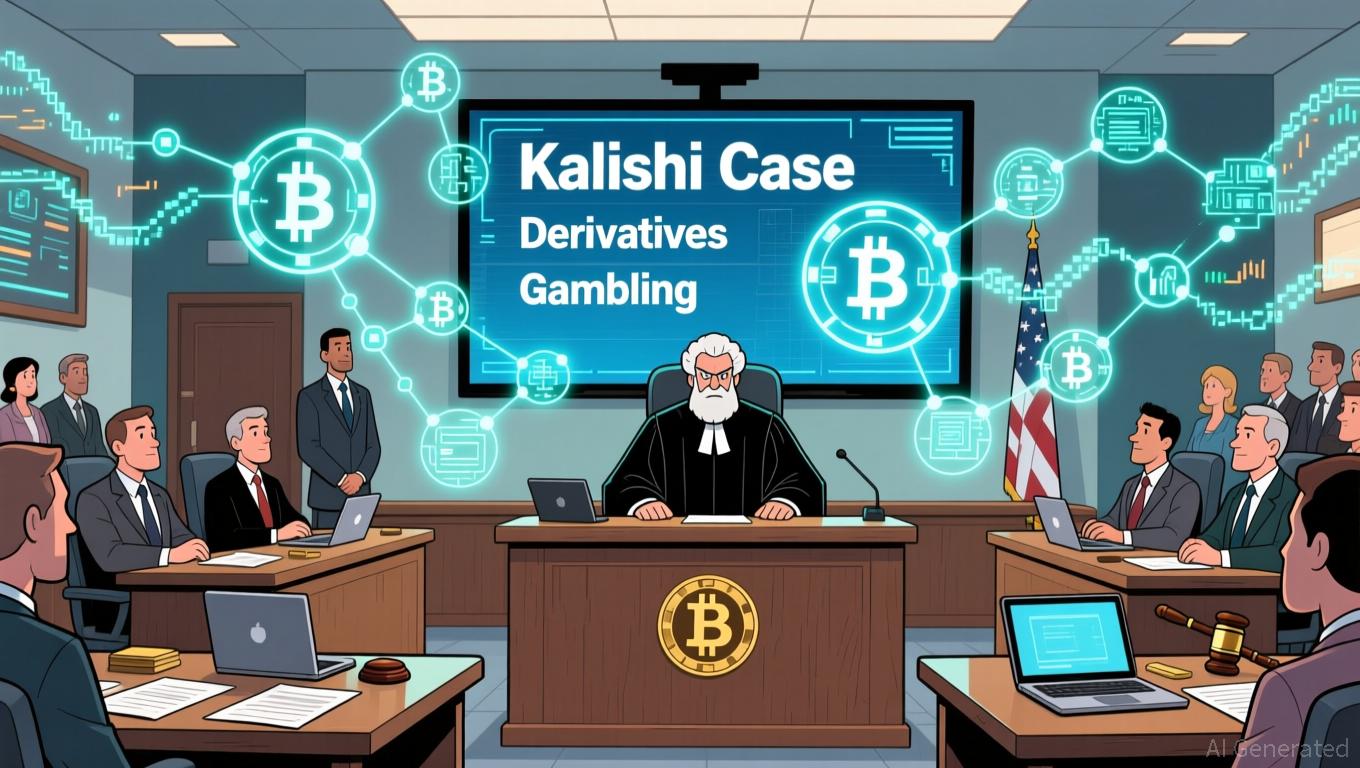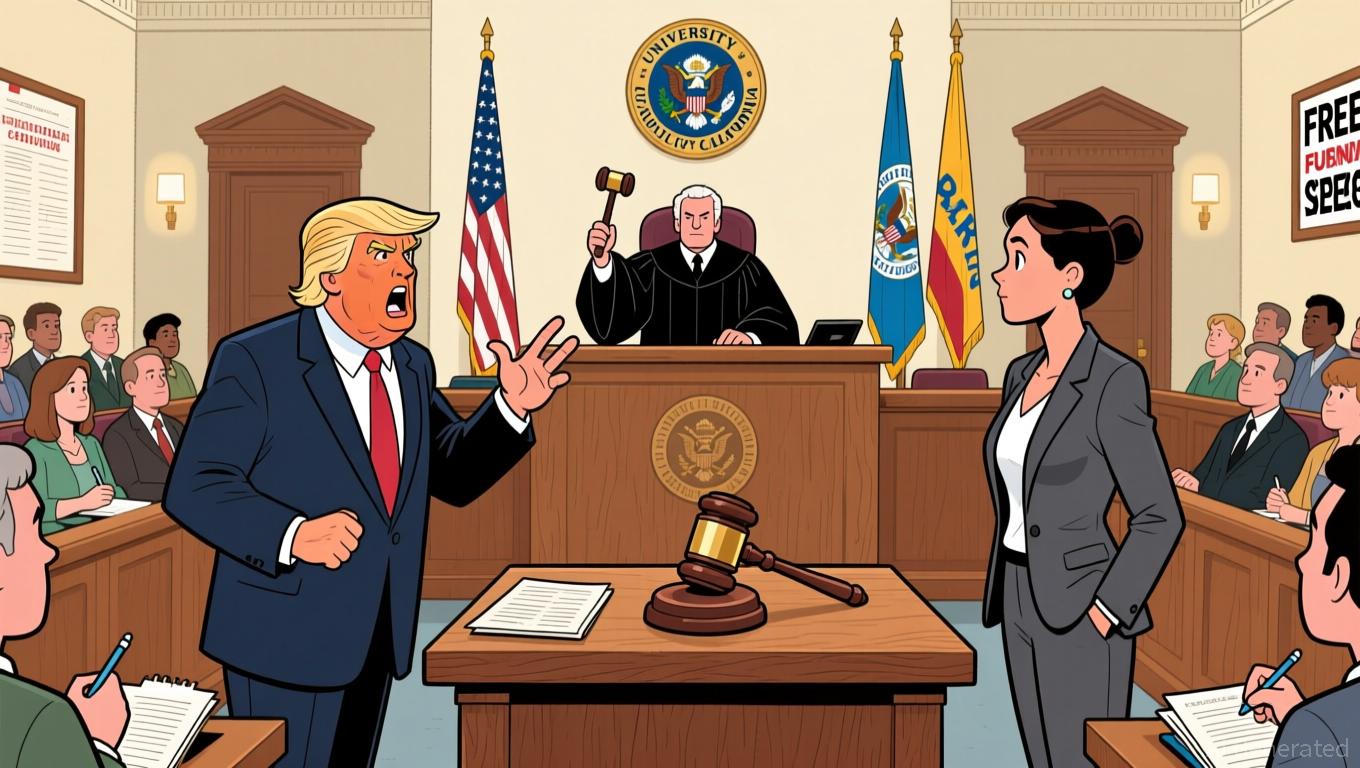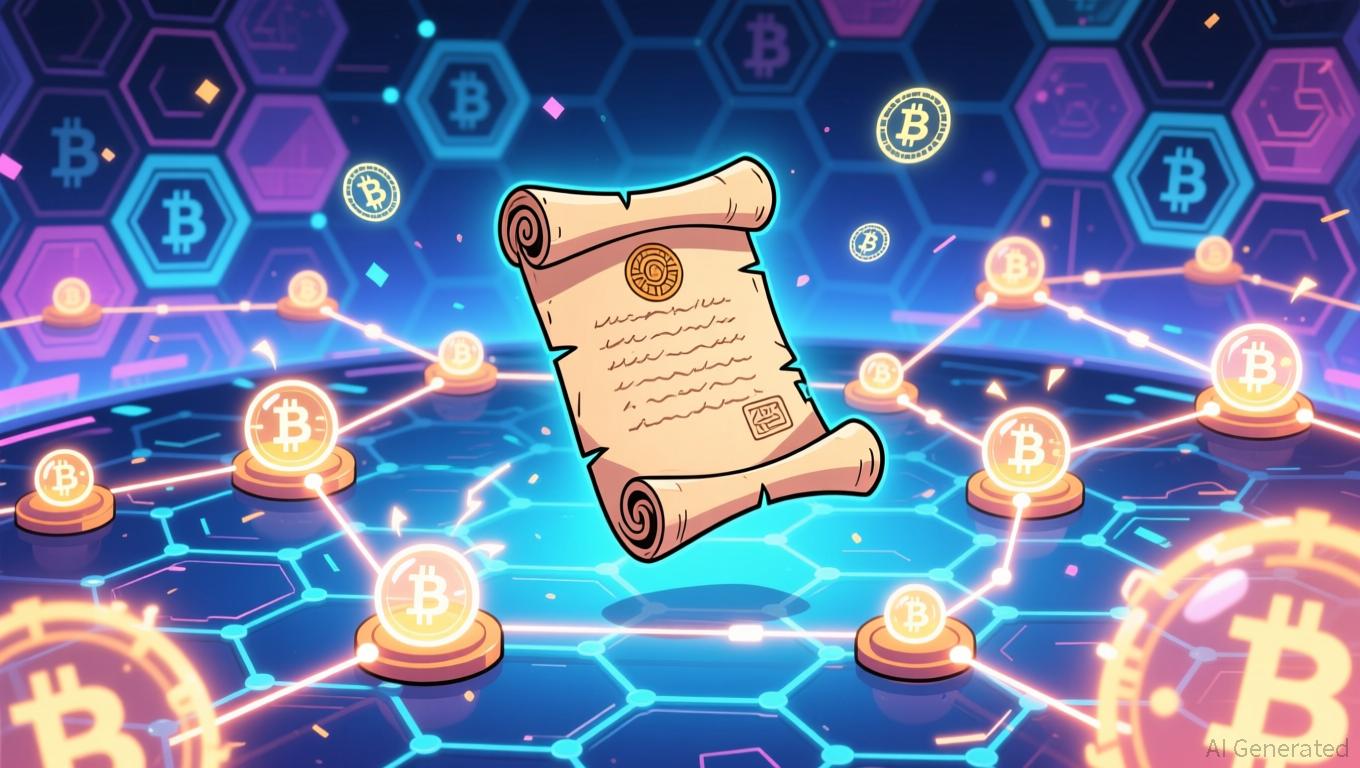Fed Faces Rate Decision Challenges: Incomplete Data Deepens Policy Disagreements
- U.S. government shutdown disrupted key economic data, delaying Fed's rate decision amid inflation and employment uncertainty. - Fed officials split: Collins and Bostic oppose December rate cuts due to persistent inflation, contrasting with Miran's growth-focused stance. - Market uncertainty rises as CME FedWatch shows 68% chance of 25-basis-point cut, with financial stocks reflecting volatility. - Shutdown reduced Q4 GDP by 1.5pp, while delayed data risks flawed policy decisions and impacts consumer borr
The U.S. economy is approaching a crucial crossroads next week as it deals with the consequences of a two-month government shutdown and growing disagreements within the Federal Reserve regarding interest rate decisions. With the first non-farm payrolls report since the shutdown about to be published, both policymakers and investors are uncertain if the Fed will proceed with a third rate reduction at its December session.

Both the White House and Congressional leaders have admitted that the jobs and consumer price index (CPI) figures for October might never be fully published,
Within the Fed, internal disagreements are becoming more pronounced. Boston Fed President Susan Collins and Atlanta Fed President Raphael Bostic have publicly spoken against a rate cut in December, pointing to persistent inflation and a robust economy. Collins highlighted the difficulties of setting policy when reliable data is lacking,
Market volatility has increased as the Fed’s lack of consensus leaves investors uncertain. The CME FedWatch Tool
The wider economic effects of the shutdown continue to be felt.
As the Fed maneuvers through these challenges, its December meeting will be a crucial test of its ability to manage inflation while supporting economic stability. The results of this meeting could influence the direction for 2026, especially as Fed Chair Jerome Powell’s term is set to end in May 2026
Disclaimer: The content of this article solely reflects the author's opinion and does not represent the platform in any capacity. This article is not intended to serve as a reference for making investment decisions.
You may also like
Blockchain Betting's Legal Challenge: Is It Considered Gambling or a Derivative?
- NBA star Tristan Thompson advocates blockchain-based sports prediction markets, aligning with DeFi's potential to transform fan engagement. - Kalshi faces legal scrutiny as a federal judge questions whether its event contracts qualify as derivatives under U.S. commodity laws. - Blockchain startups like Ideosphere and Portage Biotech explore prediction markets for scientific funding, leveraging tokenized assets and staking revenues. - Regulatory ambiguity over derivatives vs. gambling risks stifling innov

From Spectator to Participant: How Prediction Markets Are Transforming the Way Fans Interact with Sports
- NBA star Tristan Thompson predicts prediction markets will boost sports viewership by integrating real-time betting into broadcasts. - FanDuel launches a standalone app with CME Group , offering sports and economic prediction contracts while addressing regulatory and consumer protection concerns. - Polymarket partners with UFC and NHL to introduce live prediction scoreboards, transforming passive viewing into interactive trading during events. - Growing industry adoption by Google, Yahoo Finance, and pla

Federal Judge Blocks Trump’s Attempt to Pressure UC Through Funding
- A federal judge blocked Trump's plan to defund UC over antisemitism claims, citing First and Tenth Amendment violations. - The $1.2B funding demand and civil rights investigations were deemed coercive tactics to suppress "woke" academic views. - UC warned the financial threat would devastate its research programs, while critics called the strategy authoritarian. - The ruling preserves UC's funding but leaves unresolved tensions over government influence in higher education.

Ethereum News Today: Ethereum’s Unyielding Approach: Shutting the Door on Centralization
- Ethereum co-founders release "Trustless Manifesto" on blockchain to reinforce decentralization amid ecosystem centralization risks. - Document encoded in ownerless smart contract emphasizes self-custody, public verifiability, and rejecting convenience-driven centralization. - Warns against AWS outages and hosted RPCs creating single points of failure, citing 25% throughput loss on Coinbase's Base chain. - Critiques Paradigm's growing influence and institutional staking risks, proposing DVT to mitigate ce
